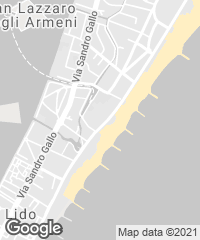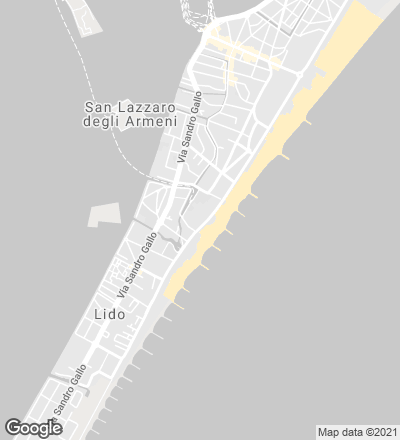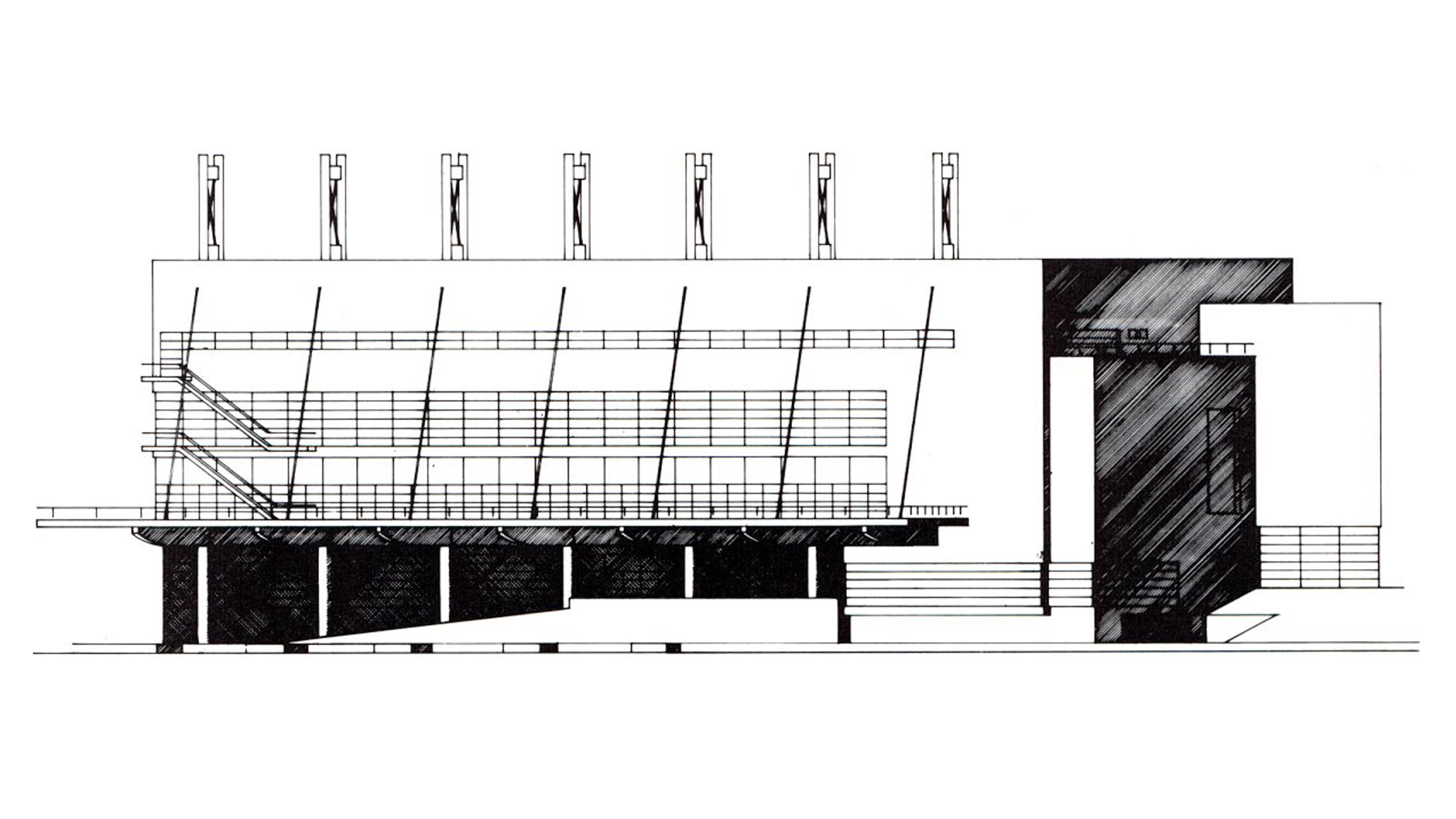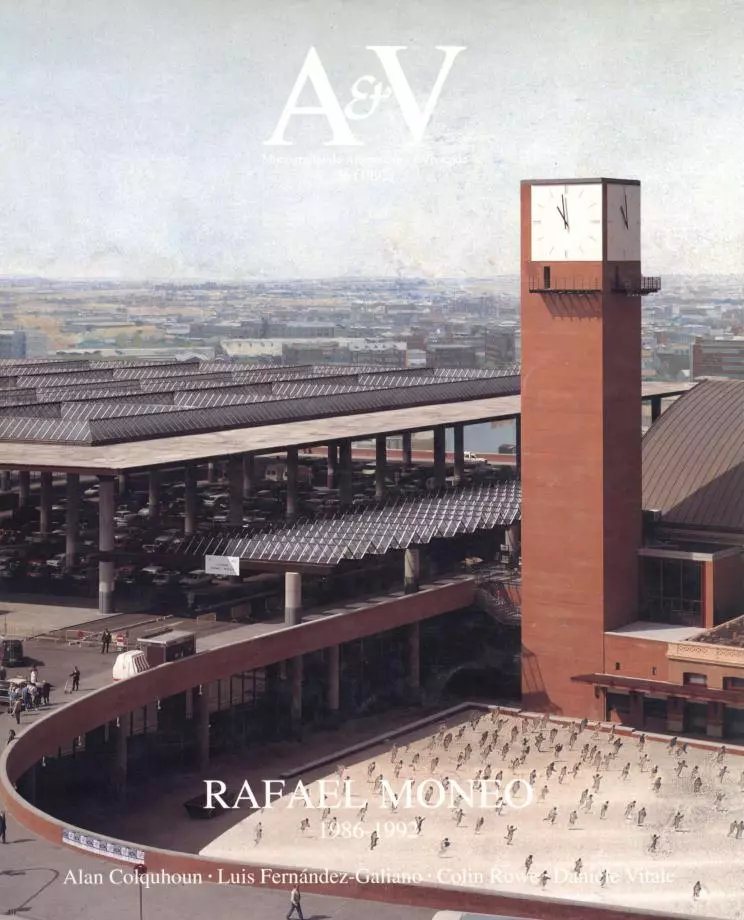Palazzo del Cinema, Lido di Venezia
Rafael Moneo- Type Culture / Leisure
- Date 1991
- City Lido di Venezia
- Country Italy


For all the beauty of the Lido beaches, it is the irresistible spell of this enigmatic city that draws visitors from all nations to her. The building proposed here is thus oriented toward the city of canals rather than toward the sea.
Though quite removed from Venice, it is intended to have the attributes of a Venetian palace. Among other things, this means endowing it with a permanent awareness of the city’s mysterious presence.
It must be stressed that the Palazzo del Cinema is above all a point of encounter, a meeting place and a market. The lobbies of the building are open spaces, with cafés and restaurants as venues for social encounters and producers’ stands as sites for purchase and sale.
From the mooring, a smooth ramp will lead the international film community arriving from Venice into the building under the protection of a large suspended canopy, which at the same time will provide shelter for the boats and vaporetti that constitute the only means of transport to the Palazzo.
The canopy will not only help extend the indoor bar-café, but also make the terrace a lively place and an extraordinary vantage point from which to fully enjoy the view of the city of Venice.
A huge lobby-courtyard will dominate the space, with the main cinema, the bookshop and a small café acting as borders to this important architectural element constituting the heart of the building, and the restaurant, accesses to the smaller cinemas, and offices opening out onto it.
Envisioned as a framework in which to celebrate the social life of the festival, it is not by chance that access into the main cinema occurs here. Further on is a wide columned area to accomodate the producers’ stands. This area has deliberately been left undefined to allow flexibility to changing requirements.
The main cinema with its seating capacity of 1.800 is paired with a medium-sized theater for 1,200. Like an island, they are made to float in space, thereby facilitating access from all sides.
The character of this element gives preeminence to the Lido-side facade, notwithstanding efforts to avoid a frontal interpretation of it. The domineering presence of the Casino Excelsior Hotel, which separates the Palazzo from the Casino, reinforces such frontal character.
The cinemas are designed in conformity with well-known types. The screen is the most important feature of a cinema, and in both cases the space builds around it. The seating scheme is clear enough. The corridors and aisles will comply with Italian regulations, which keeps design difficulties to a minimum.
The contiguity of the two theaters allows for a common backstage with dressing rooms and other facilities required for the events of the Festival: award ceremonies, etc.
Beyond such contiguity, the sections show how different the two cinemas are. The main theater, with its direct access from the lobby, is notably roomier and complete with a balcony. Its architecture is not far from that of the classical movie theaters of the twenties and thirties.
The medium-sized theater is more confined to a circular geometry and has a fragmented ceiling to create a grotto-like atmosphere. It has no balcony, but a ribbon window at the back will allow one to peep inside as the film proceeds. The sections also reveal accesses to both theaters from below by way of smooth ramps.
Yet another ramp, besides stairs and an elevator, leads from the lobby to the upper floor, where the smaller projection rooms specified in the program are clustered together.
Special care has gone into the design of the spaces between them, turned into social function areas. Also here is a café-bar with direct access to the open-air restaurant on the canopy platform.
This platform-terrace is in fact a key element of the project, thought out, as it is, as a magnificent horizontal plane suspended over the canal, from which to discern the splendor of Venice on summer nights. It creates the atmosphere necessary for a Film Festival with such a glamorous history as the one held in Venice...[+]
Cliente Client
Ayuntamiento de Venecia Venice City Hall.
Colaboradores Collaborators
Barry Price, Luis Rojo, Jeff Inaba.







